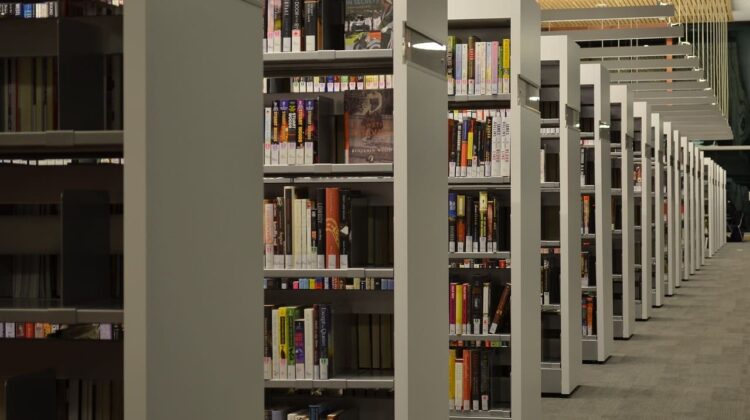
Schools and industry should join forces to reduce skills gap – Marc Durando
All industrial sectors need qualified professionals in STEM to boost the pace of innovation, employment and productivity, and consequently Europe’s ability to compete globally.
The outcomes of the 2015 PISA study indicate that there is room for improvement in STEM education to boost students’ performance and motivation, while demand for highly skilled tech professionals and people with a background in the field of STEM is on the rise.
The EU estimates that there will be 756 000 vacancies in the ICT sector alone by 2020. What’s more, while only half of the population in Europe is considered to be digitally advanced, 90 % of jobs require digital skills. It is, therefore, of great concern that the number of ICT graduates dropped by 20 % between 2006 and 2014, according to data from the European Commission.
We need motivated, properly trained, well-equipped STEM teachers to prepare and inspire Europe’s next generation of researchers and industry professionals. Partnerships between schools and industry can increase students’ interest in STEM subjects and introduce innovative practices to teachers.
Collaboration
Such collaboration makes teachers more aware of current role models in the field of STEM, as well as study paths and careers. The industry can also offer teachers options for placements in companies, in-service training and teaching resources.
Conversely, schools can open their doors to professionals already engaged in STEM careers to give them a chance to learn new things or further develop their skills. Collaboration between schools and industry also provides us with important evidence about trends in STEM education and careers.
The STEM Alliance, launched in January 2016, is jointly coordinated by European Schoolnet and CSR Europe (a corporate social responsibility organisation for companies), and supported by industry.
It brings together ministries of education and companies to discuss STEM teaching and learning challenges for the future and strive for the enhancement of industry-education collaboration at European and national level across all Member States. Companies engaged in the STEM Alliance reward innovative STEM schools and teachers through yearly competitions.
Through this initiative, ministries of education and companies also support and promote the publication of analyses and surveys to inform strategic recommendations for policymakers.
In that context, three new important research reports on STEM education in Europe – looking at the current state of play, the role of ICT tools in STEM education and a practical guide to STEM education – were presented to key policymakers and educators in Brussels on 24 November 2016, including Marianne Thyssen, European Commissioner for Employment, Social Affairs, Skills and Labour, and Tibor Navracsics, European Commissioner for Education, Culture, Youth and Sport.
ICT in education
The report on ICT in education analyses how technology can best be integrated in the education system, to respond to rapid changes in learners’ needs and modern pedagogy.
Collaboration between businesses and partners in the field of education can increase the uptake and effectiveness of ICT in schools by aligning curricula development with skills needed for employment, by ensuring that the material and information are up-to-date, and by providing real-world contextualisation and training for teachers.
‘We need motivated, properly trained, well-equipped STEM teachers to prepare and inspire Europe’s next generation.’ Marc Durando, Executive Director, European Schoolnet
ICT can, thus, reinforce students’ skills developed during the studying of STEM subjects, including problem solving, logical and critical thinking, and technological literacy. Moreover, STEM education should allow students to practise their skills where ICT tools are used to enhance conceptual understanding, promote higher-order thinking and strengthen teamwork.
All stakeholders must work together to establish an inclusive ecosystem for ICT and science education that encourages a better uptake and usage of digital services, to make sure that new pedagogies dependent on ICT are effectively embedded in educational practice.
Further research
Further research is needed on best practices in STEM education to support policymakers and school administrators, and that’s where the STEM Alliance can provide important evidence. Moreover, its activities throughout the year, such as the production of teaching resources, webinars, online discussions and face-to-face workshops, provide a practical way of bridging the gap between educators and industry representatives.
One of the STEM Alliance initiatives we look most forward to in 2017 is ‘STEM professionals go back to school’, where people who are working in the field go to schools across Europe to discuss related studies and jobs. Such a discussion can broaden teachers’ and students’ understanding of STEM careers and what it means to be a scientist, engineer, programmer, or researcher.
Hopefully, this can demonstrate to pupils how they can apply what they learn in school in real-life scenarios and how they can turn their knowledge and skills into a future career, increasing innovation and broadening Europe’s talent pool to everyone’s benefit.
